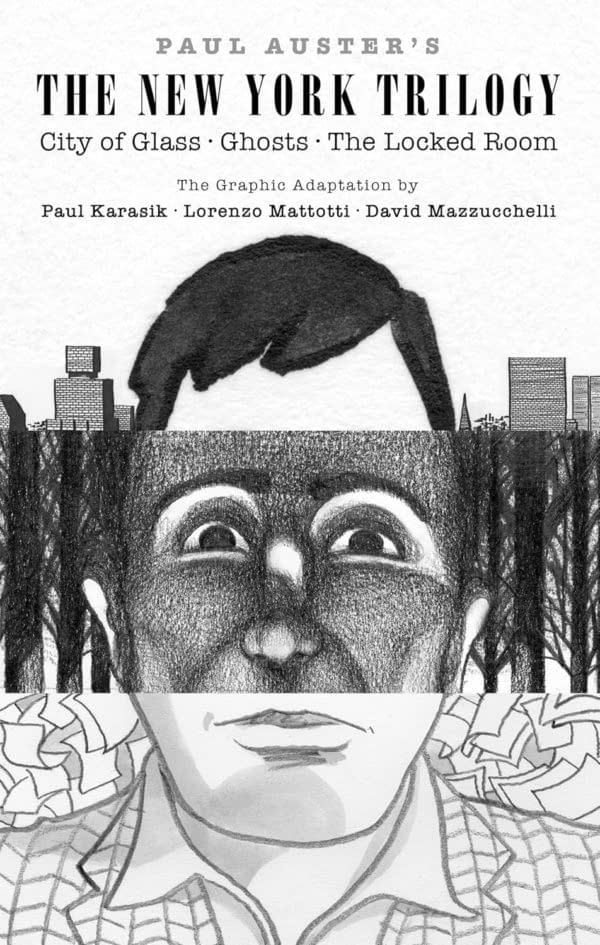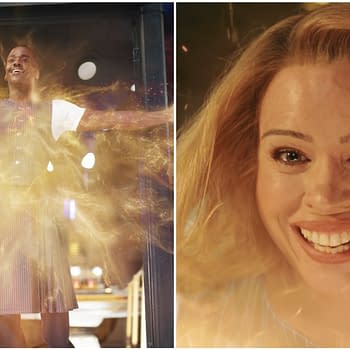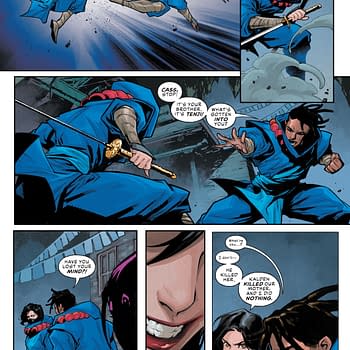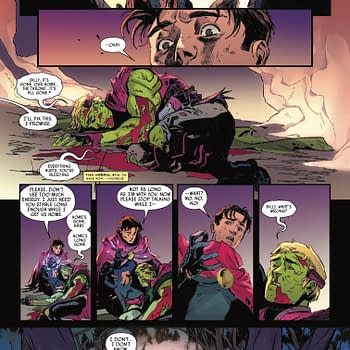Posted in: Comics, Review | Tagged: City of Glass, ghosts, graphic novel, paul auster, Paul Auster's The New York Trilogy, postmodern fiction, the locked room
The New York Trilogy: Graphic Novel Might Surpass the Original Novels
The New York Trilogy is one of the best graphic novels of the year, surpassing the original prose novels to turn them into masterpieces.
Article Summary
- Paul Auster's New York Trilogy is reimagined as a graphic novel series with striking visual adaptations.
- Each story starts as a detective mystery but transforms into an existential journey of identity and despair.
- The graphic novel format intensifies the emotional impact and makes abstract themes more accessible.
- Combining powerful art with Auster's prose, the trilogy emerges as a new comics masterpiece.
The late Paul Auster was a respected post-modernist author who frequently wrote New York as a state of mind, not so much a city but a mood, and his New York Trilogy, originally published in the 1980s, is a minor classic of experimental fiction. The first book in the trilogy, City of Glass, was originally adapted by David Mazzucchelli as one of his first post-superhero works. Auster passed away in 2024, but with his blessing, Paul Karasik, who art-directed the adaptation of the other two books in the trilogy into graphic novels. Ghosts is illustrated by Italian artist Lorenzo Matotti, and The Locked Room is drawn by Karasik himself. The result might be a masterpiece, a single, thematically unified work surpassing the impact of the original prose version.
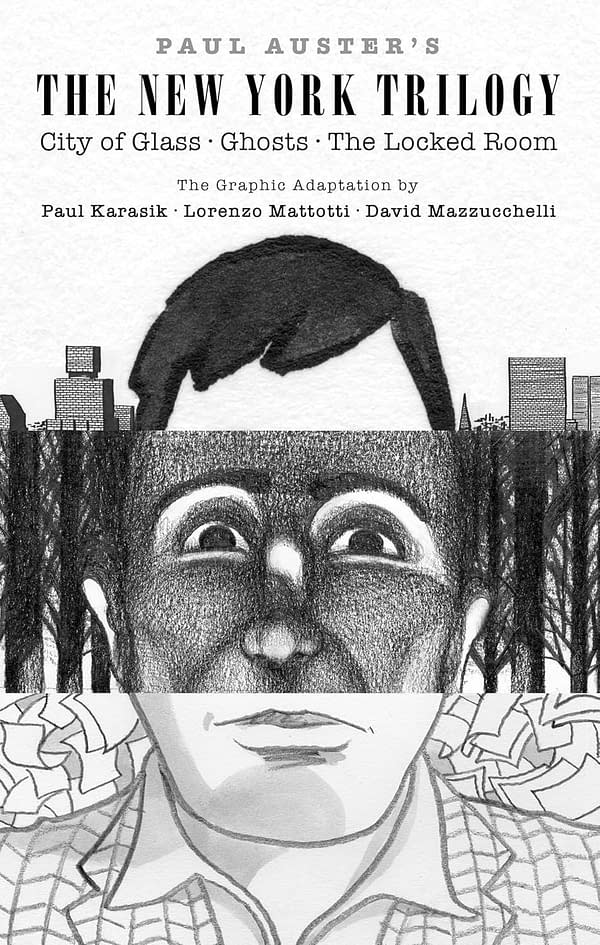
Each book in the New York Trilogy is a standalone story with a different main character and scenario, not so much plot as stories that start out looking like the start of pulp noir detective mysteries but become something else. The trilogy helped cemented Auster's reputation as one of the premiere authors of American postmodern fiction that deconstructed the tropes of fiction and literature. The three novels form a trilogy because they all start as detective stories: an author named "Paul Auster" is tasked with investigating a murder even though he insists he's not a professional private detective, a private eye named Blue is hired by a client named White to follow a man named Blue, an author with writer's block decides to investigate the disappearance of his childhood friend to get out of his slump. All the stories don't go the usual route of investigation or plot twists, but become existential journeys of the interior where each man suffers despair, confusion, paranoia, identity dissolution, and a kind of death. The books abandon plot altogether to question the existential subtexts that lie underneath every detective novel involving men's desperation to escape their own despair and fear of chaos and death. In the end, it's not getting killed or murdered but the death of the Self that's the true horror.
The graphic novel adaptation of The New York Trilogy is a fascinating experience that surpasses the prose originals because, in putting pictures to Auster's often (deliberately) stilted and increasingly abstract prose, they give the reader people to latch onto and emotions the prose tamped down. The original prose is intact where it matters and the art gives their meaning even impact. With art showing the characters descending into their personal hells, that reconfigures the New York they inhabit into a landscape that reflects their alienation. The graphic novel has turned a minor literary classic into a comics masterpiece.
